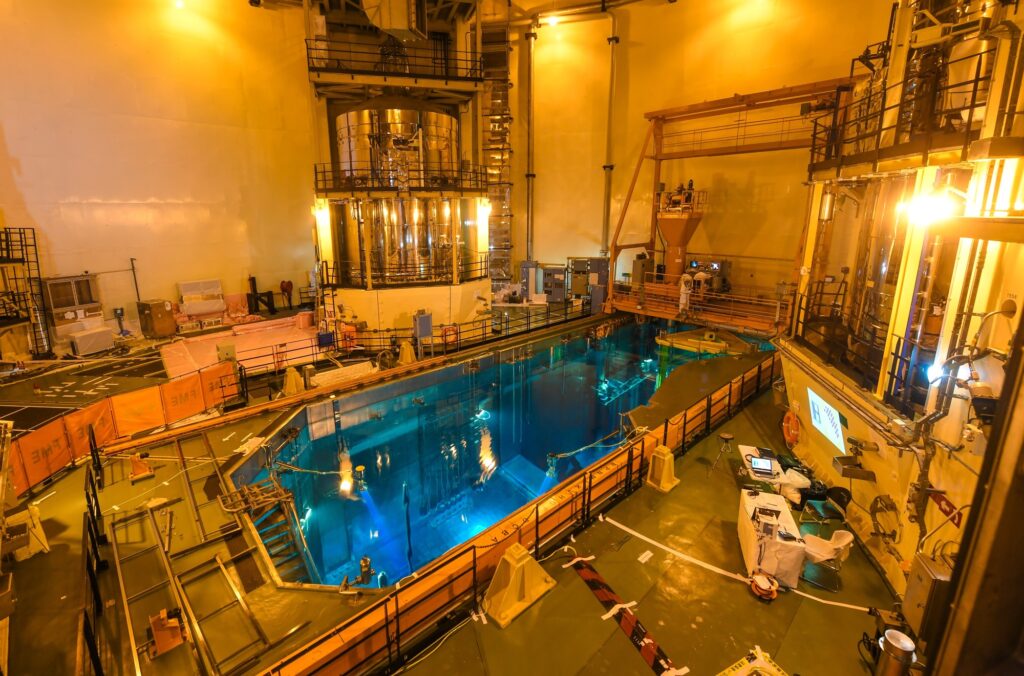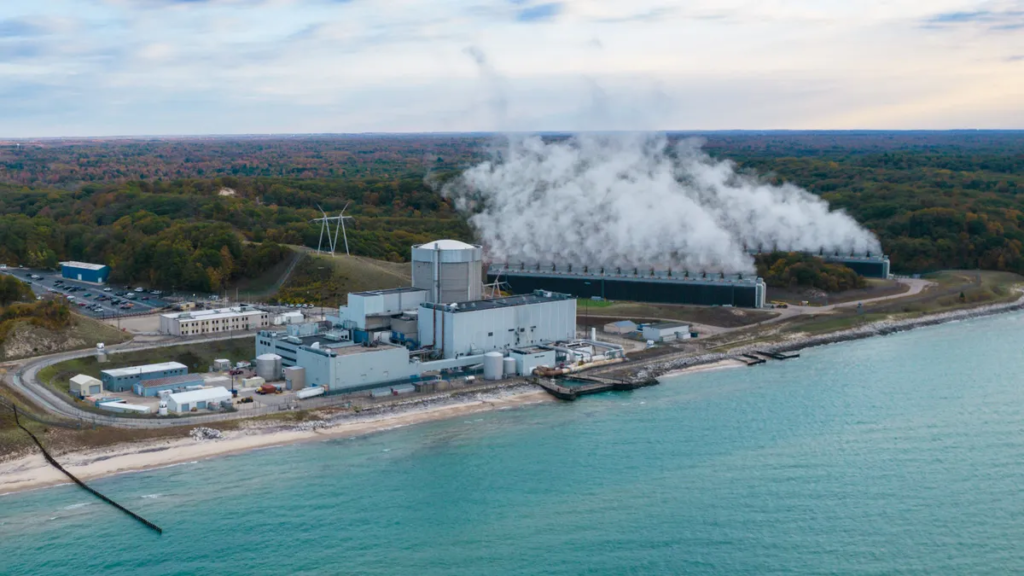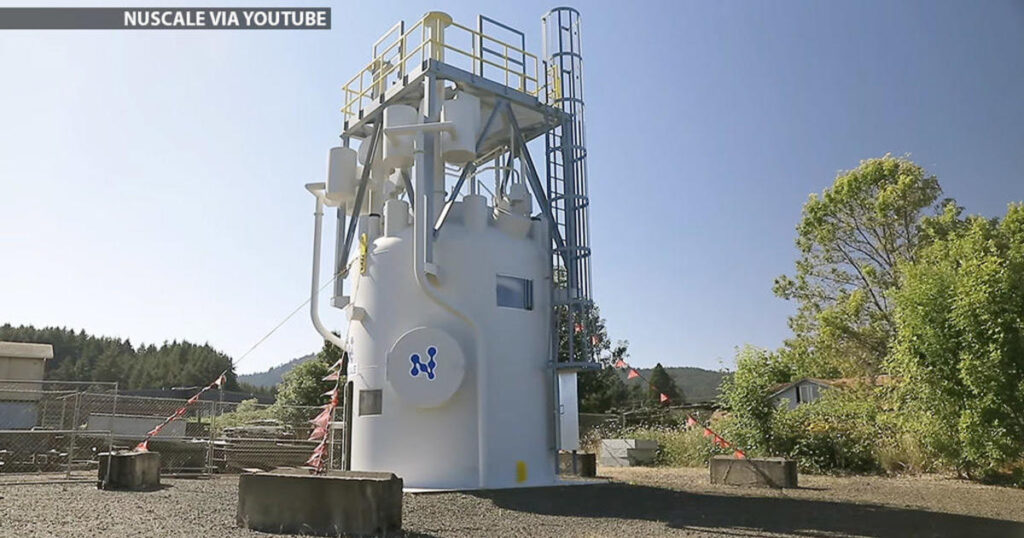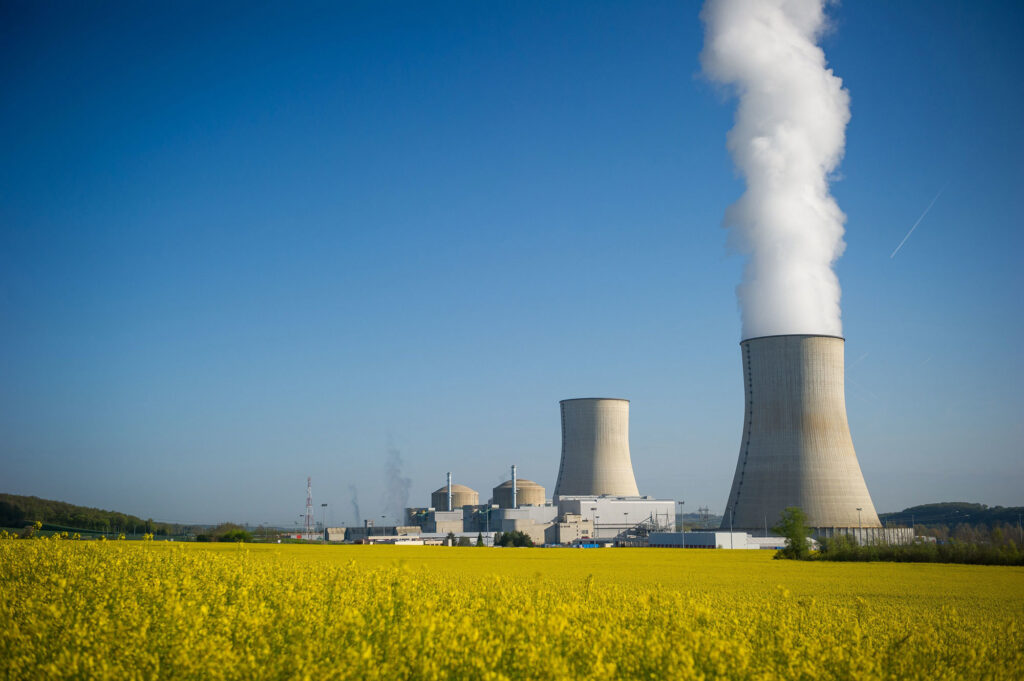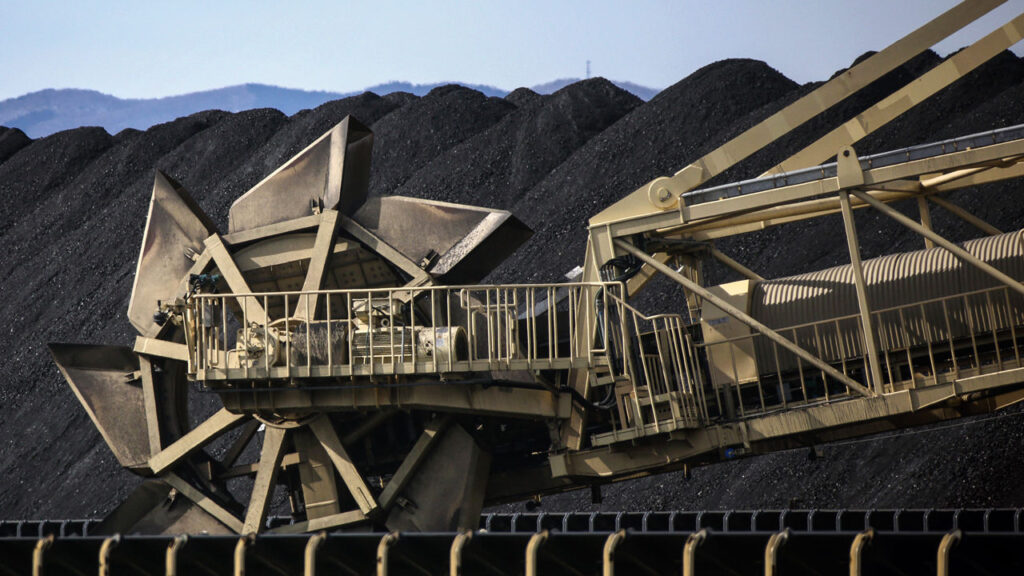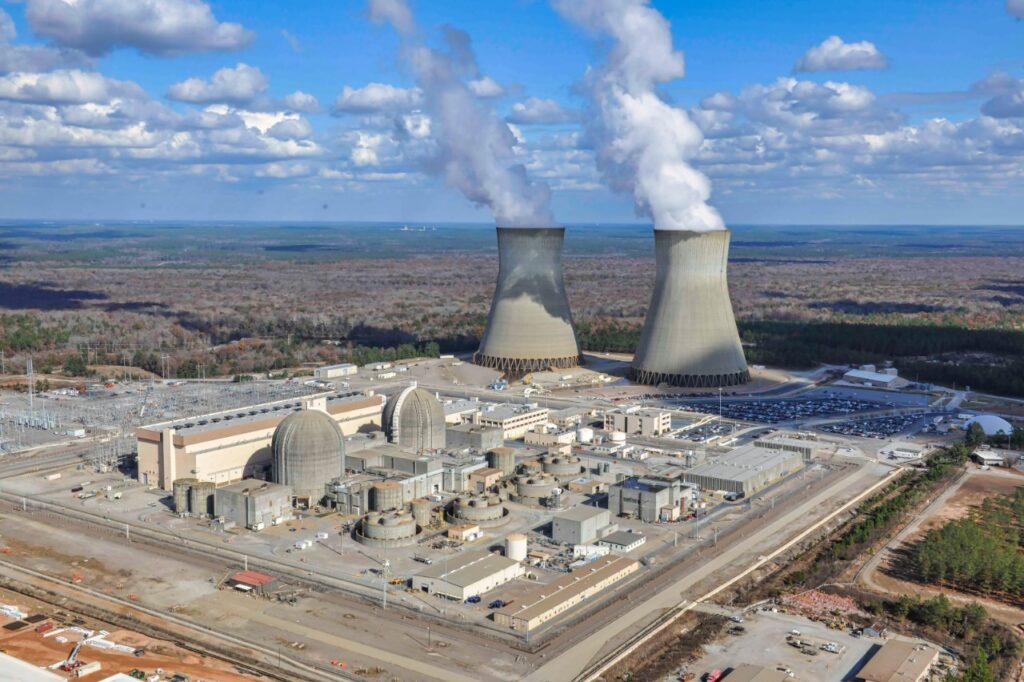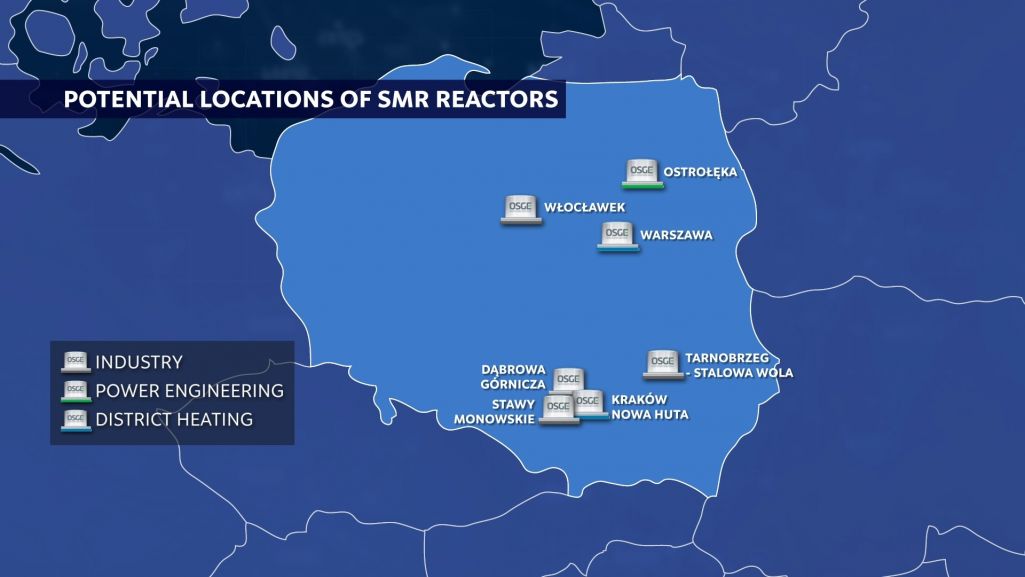More than 20 nations vowed to triple nuclear capacity by 2050 at the COP28 summit in Dubai last week, triggering renewed interest and financing in an industry that has been recently overshadowed by renewables in discussions about clean power development.
However, in addition to the capacity pledge – signed by the U.S., France, South Korea and others – the nuclear sector also got a boost from a U.S.-led plan to promote and develop nuclear fusion, which has the “potential to revolutionize our world,” according to U.S. special climate envoy John Kerry.
These high profile calls for more growth and investment in nuclear power contrast with the relatively subdued tone of the industry in recent years and the steady loss of nuclear’s share of the global electricity mix since 2000.
Below are some key nuclear industry statistics and trends to help aid discussions about the sector’s current role in global power systems and its potential going forward.
SHARE REVERSAL?
The growth projected by the capacity pledges at COP28 could help reverse nuclear power’s steady loss of electricity generation market share in recent decades.
From 2000 to 2022, nuclear’s share of the global electricity generation mix nearly halved, declining from around 17% in 2000 to 9.2% in 2022, data from think tank Ember shows. In terms of absolute electricity generation, nuclear output has expanded since 2000, but only by around 4% to 2,632 terawatt hours.

That growth pace trails all other major sources of electricity generation during that period, including coal (+77%), natural gas (+139%), hydro (+64%), solar (+121,198%) and wind (+6,622%).
Nuclear generation capacity growth has also lagged all other major generation sources, in part due to safety concerns about nuclear reactors following the Fukushima reactor meltdown in 2011, which led to several reactor closures in Japan.
That said, even with a 15 gigawatt (GW) decline in Japan’s nuclear capacity since 2011, total global nuclear generation capacity increased by just over 20 GW from 2011 to 2022, Ember data shows.
China has been the largest developer of nuclear capacity in recent years, adding 43 GW of capacity from 2012 to 2022.
HIGH COSTS AND OLD AGE
In addition to fears about meltdowns caused by natural disasters, nuclear power has also lost ground to rival power sources due to the sharply higher price tags of new reactors compared to other sources of power. The cost per megawatt hour of electricity generated from a new nuclear plant was around $180 in 2021, according to estimates from French asset management firm Lazard.
That compares to less than $50 for solar assets, which explains why global utilities have opted to roll out new solar capacity at a record pace in recent years while keeping global nuclear capacity fairly flat.
Utilities have also been on the hook for relatively high maintenance costs for those reactors that are in operation, especially in Europe and the United States which are home to many of the world’s oldest reactors. The average age of reactors in the United States, the world’s largest nuclear power generator, is just over 39 years, according to data from the International Atomic Energy Agency.

In France, which has the highest reliance on nuclear power for electricity (around 65%) of all countries, the average reactor is 35 years old. That compares to just 12.5 years in China, which is the second largest nuclear generator globally, and around 20 years in India.
China has by far the largest development pipeline of new reactors (22 GW), IAEA data shows, followed by India (6 GW), Turkey (4.46 GW), South Korea (4.02 GW) and Egypt (3.3 GW). Those development pipelines indicate that the future growth of the nuclear sector will be overwhelmingly located outside of the industry’s traditional hubs of Europe and North America.

But if the U.S., France, United Kingdom and others follow through on their recent capacity expansion pledges, then nuclear power’s growth footprint will be more widespread, and may help the sector regain share of the global power mix and play a key role in global energy transition efforts.

